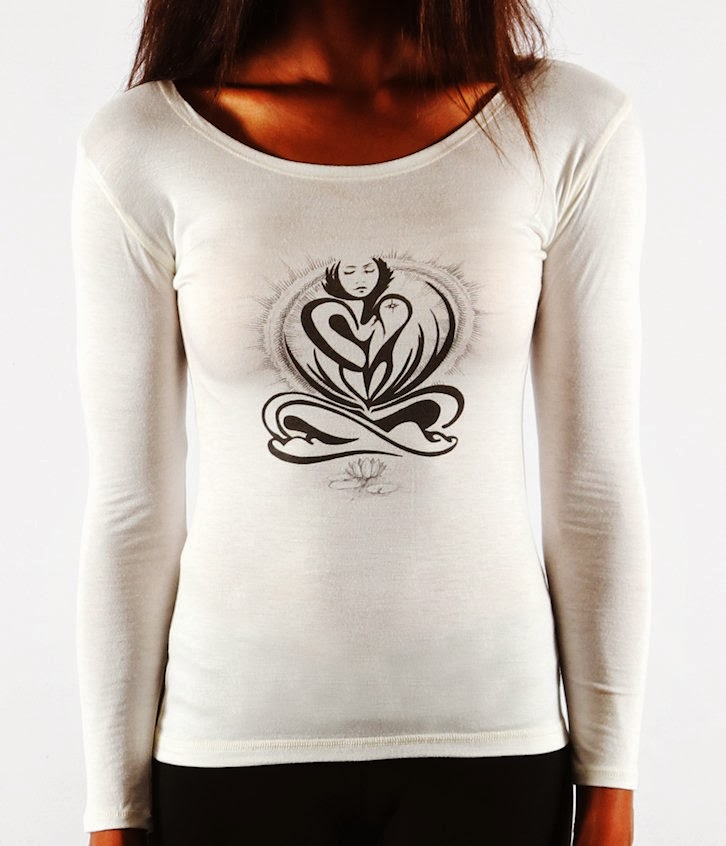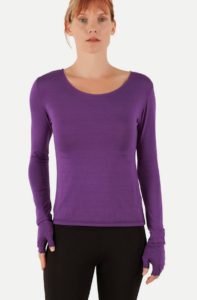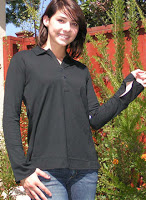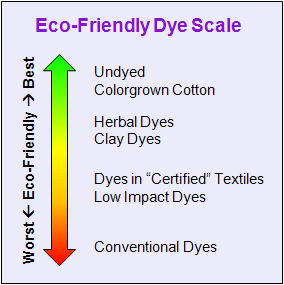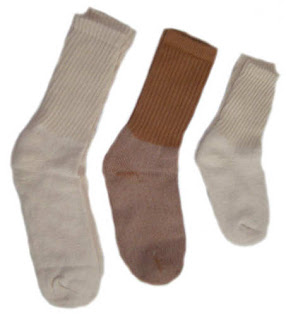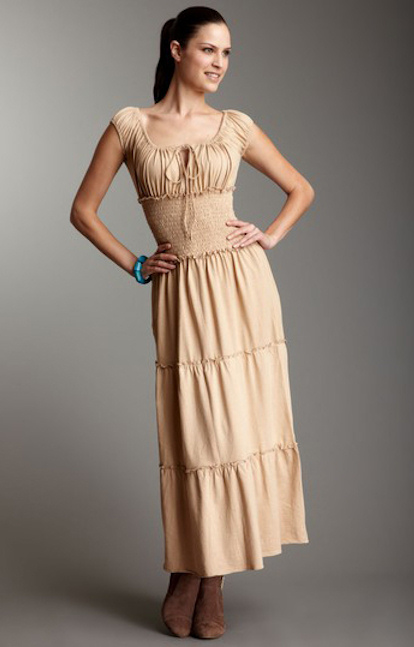I’ve been seeing a lot of eco-fashions made from the new fabric, Modal, recently. Some of the designs are super cute, but I wanted a little more information before jumping in. I bet you do, too. Modal is yet another play on Rayon. It’s got that fabulous rayon drape and soft, silky feel, but is it sustainable?
I was pleased to learn that Modal was developed by the Austrian company Lenzing, developer of the eco-fabric Tencel. Like Tencel, Modal has earned the European Union EcoLabel for having a reduced environmental impact throughout its life cycle.
Modal comes from Beechwood trees. Beechwoods are self-propagating which means no artificial irrigation or planting is required. More than half of the wood used by Lenzing comes locally from Austria and the remainder is from neighboring countries. All of the beechwood used for Modal comes from forests that follow sustainable harvesting methods.
Notably, Modal is the first fabric considered carbon neutral in its production process. This is possible due to the generation of excess energy during fabric production and the recovery of component parts of the wood. Even the pulp production is self-sufficient in terms of energy and is an important supplier of energy for the entire operation. Lenzing also boasts that up to 95% of the production materials are recovered and reused, which sounds very much like a closed-loop production system.
The key part of the production cycle is Lenzing’s Edelweiss technology: oxygen-based chemistry that eliminates the need for harsh and/or toxic production chemicals
In summary, Modal passes the environmental criteria we set out to meet: sustainable input materials, very low waste production and no harsh or toxic chemicals. Of course, we also source clothing from manufacturers who use low-impact dyes on the fabric and do not add harsh finishing agents. With that in mind, our first Modal-based garments are now in and this batch has the bonus of all being designed and sewn in the USA. Like Tencel, we still plan on using the fabric sparingly in our offerings; but a few awesome pieces are sure to add a bit of variety to your wardrobe.

